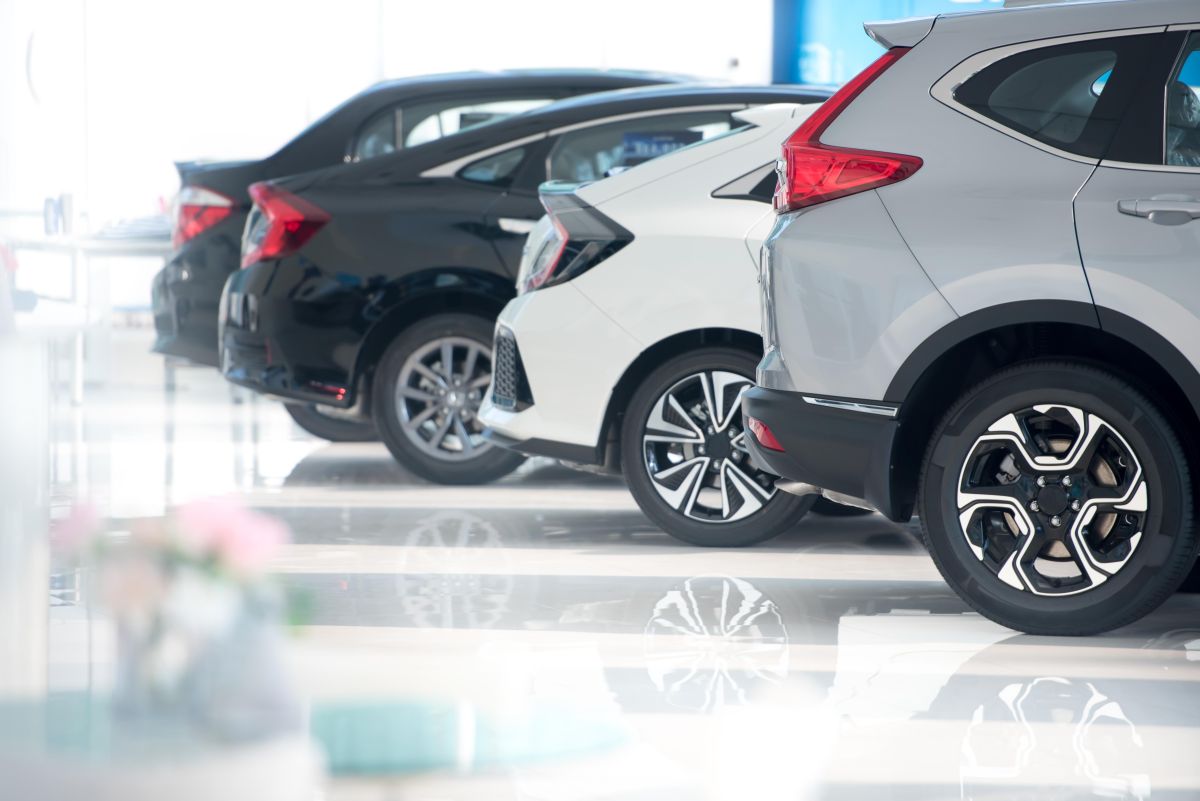November saw a decline in new-vehicle prices and a dramatic rise in sales incentives, marking a shift to a buyer's market, according to data from Kelley Blue Book, a Cox Automotive company.
The average transaction price for new vehicles in November was $48,247, a marginal increase from the previous month but a decrease of 1.5% year over year. This marks the third consecutive month of year-over-year declines, a rarity in the past decade, where monthly new-vehicle ATPs consistently rose.
Adding to the buyer-friendly climate, new-vehicle sales incentives in November climbed to more than 5% of the ATP, the highest since September 2021, and a 136% year-over-year increase.
However, the lower ATPs are not the result of cheaper vehicles, but rather an outcome of increasing discounts and incentives. The average price fell to 98.3% of the average manufacturer's suggested retail price (MSRP), the lowest since April 2021. While the average price decreased, the average MSRP saw a nearly 1% rise from the previous year, marking a decade where new-vehicle MSRPs have never decreased year over year.
“While consumers may feel some relief in vehicle prices and incentives as we close out 2023, automakers and dealers are feeling the results of the downward price pressure,” said Rebecca Rydzewski, research manager at Cox Automotive. The latest dealer sentiment survey by Cox Automotive indicated a contraction in dealer profits as inventory levels normalize and incentives increase to boost sales.
The report also highlighted the varying impacts on different brands. Of the 35 brands analyzed, 16 saw year-over-year price declines in November, with Tesla, Buick, Land Rover and Nissan experiencing the largest drops. Conversely, brands like Dodge, Ram, Audi and GMC recorded the highest year-over-year transaction-price increases.
The luxury vehicle segment, in particular, is leading the market in price reductions, likely contributing to a 19.6% year-over-year jump in luxury brand sales. The average price for luxury vehicles in November was $63,235, down 7.5% from the previous year, with luxury brand incentives averaging 5.8% of ATP.
Non-luxury brands, on the other hand, saw a more stable pricing trend, with the average price in November at $44,417, only slightly lower year over year. Incentives in this segment averaged 5%, considered low by historical standards despite being the highest since September 2021.
Electric vehicles also saw a noteworthy trend. The average price paid for a new EV in November was $52,345, supported by incentive levels well above the industry average at 8.9% of ATP.
“In recent months, price parity between EVs and ICE has almost seemed possible," said Stephanie Valdez-Streaty, director of strategic planning at Cox Automotive. "It’s less than 10% today, compared to more than 30% a year ago.”









